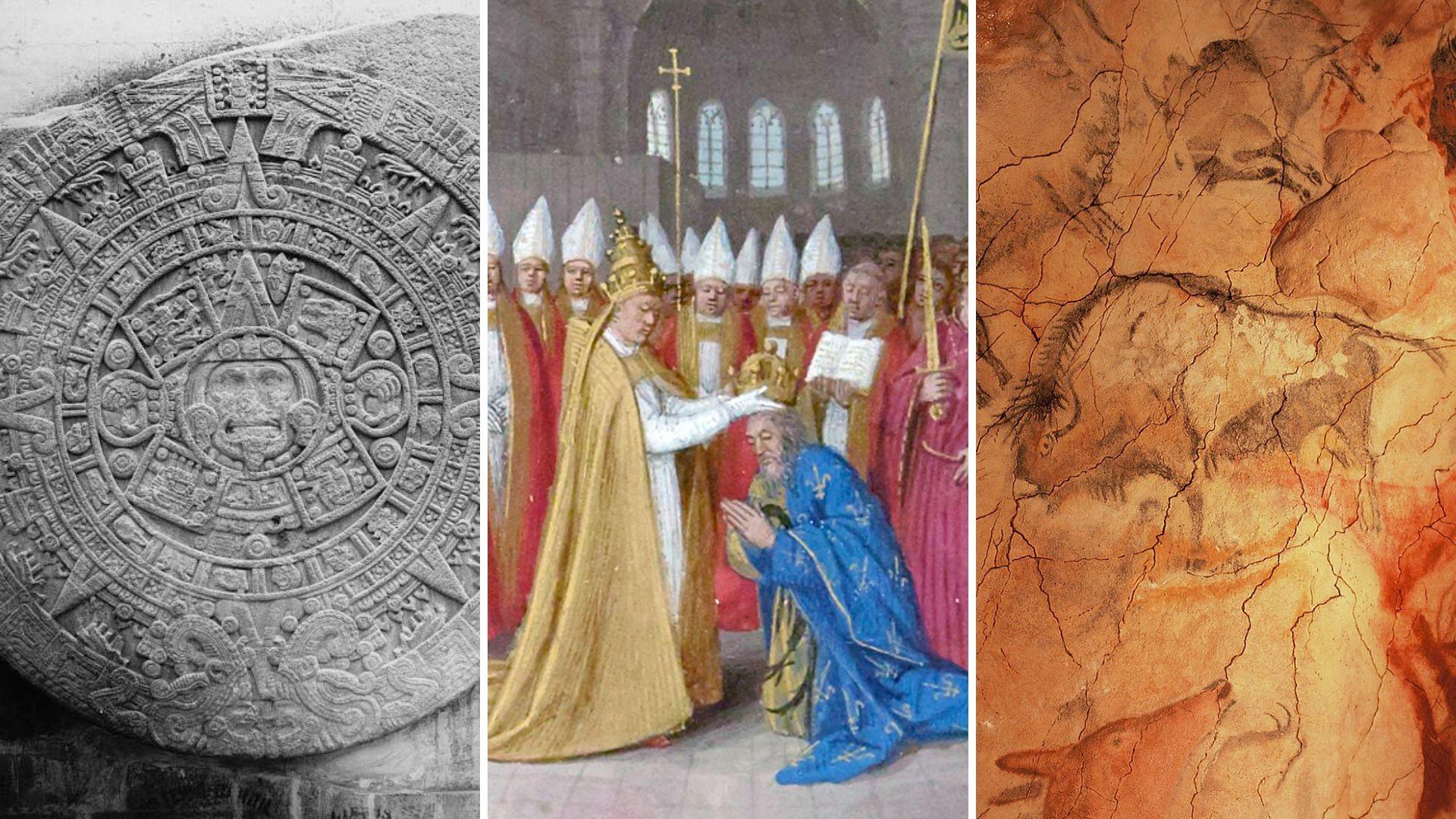Archaeologists examine artifacts, monuments, and other ancient remnants to gain insights into human history. Their findings often lead to profound revisions of our understanding of the past. Discoveries such as the Altamira cave paintings in Spain have reshaped our view of early human cultures, while modern technologies like LiDAR have further expanded our knowledge by revealing long-hidden sites.
The impact of such discoveries is immense. Let’s explore some of the most significant archaeological discoveries that have dramatically altered our knowledge of human origins and cultural evolution.
Discovering Neanderthals

In 1856, scientists studying a skeleton found in Germany’s Neander Valley uncovered bones that, while similar to human ones, had distinct differences such as a longer skull and thicker limbs. This discovery was pivotal, providing the first concrete evidence of our close ancient relatives and establishing the new field of paleoanthropology—which focuses on early humans through fossils.
Since then, our perception of Neanderthals has evolved significantly. Initially viewed as distant and less intelligent, Neanderthals are now recognized for their genetic contributions to modern humans, with a genome 99.7% identical to ours. Nobel Prize winner Svante Pääbo’s 2022 sequencing of the Neanderthal genome revealed that their DNA still influences human traits, including metabolism and disease risk. Additionally, relatively recent archaeological finds such as cave art and sophisticated toolmaking have highlighted the Neanderthals’ advanced and nuanced culture.
Pompeii and Herculaneum
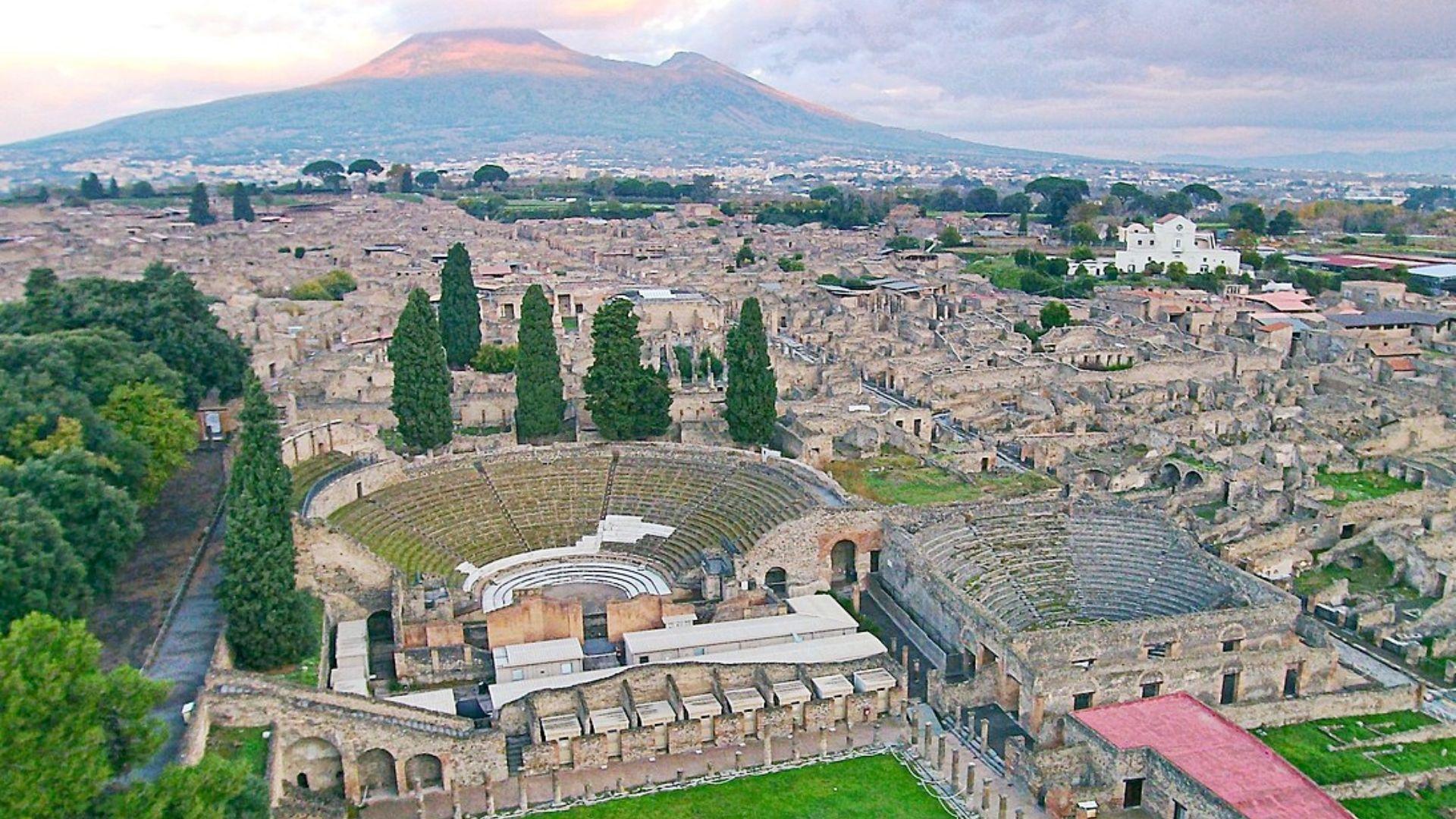
Mount Vesuvius, an Italian volcano, erupted in 79 CE and covered the ancient Roman cities of Pompeii and Herculaneum with ash. In the early 1700s, a group of excavators rediscovered these ancient buried cities.
These ancient cities were so well-preserved by the ash that they’ve given archeologists a unique look back in time at what life was like in ancient Rome. Researchers have discovered an immense amount of information about a wide range of people who lived in these cities. Between cement bricks, ancient buildings, shrines, and even primitive graffiti, these special cities have advanced our understanding of ancient Romans.
The Aztec Calendar Stone
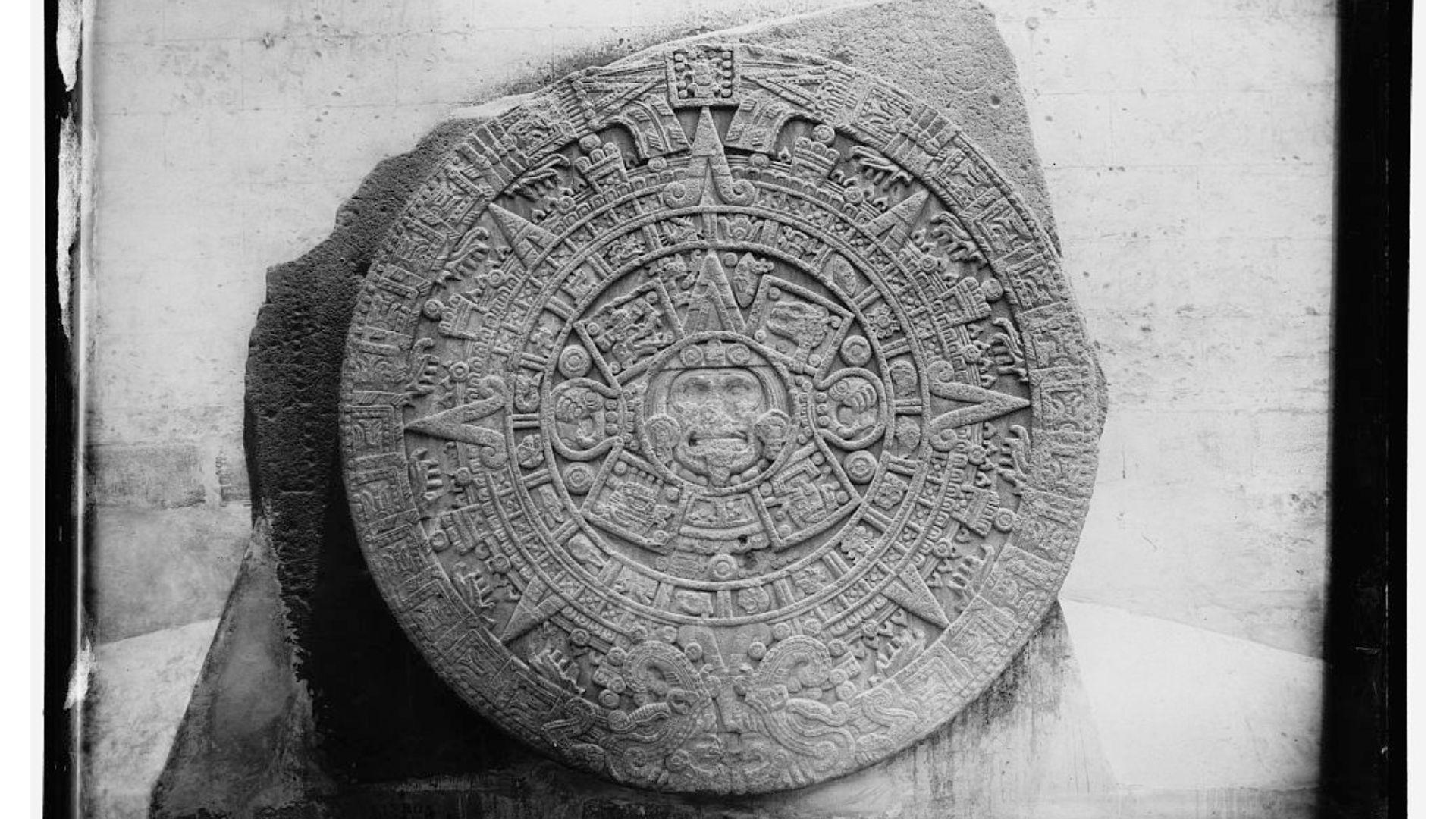
One of Mexico’s most renowned artifacts is the Aztec Calendar Stone. It is even featured prominently on the country’s coins. Although the massive stone was lost shortly after the Spanish colonization of Central Mexico, it was rediscovered in 1790.
At that time, many Europeans mistakenly believed Mexico was inhabited by “savage hordes.” However, when the German explorer Alexander von Humboldt encountered the stone in 1803, he recognized the error in these misconceptions.
Decoding the Calendar Stone
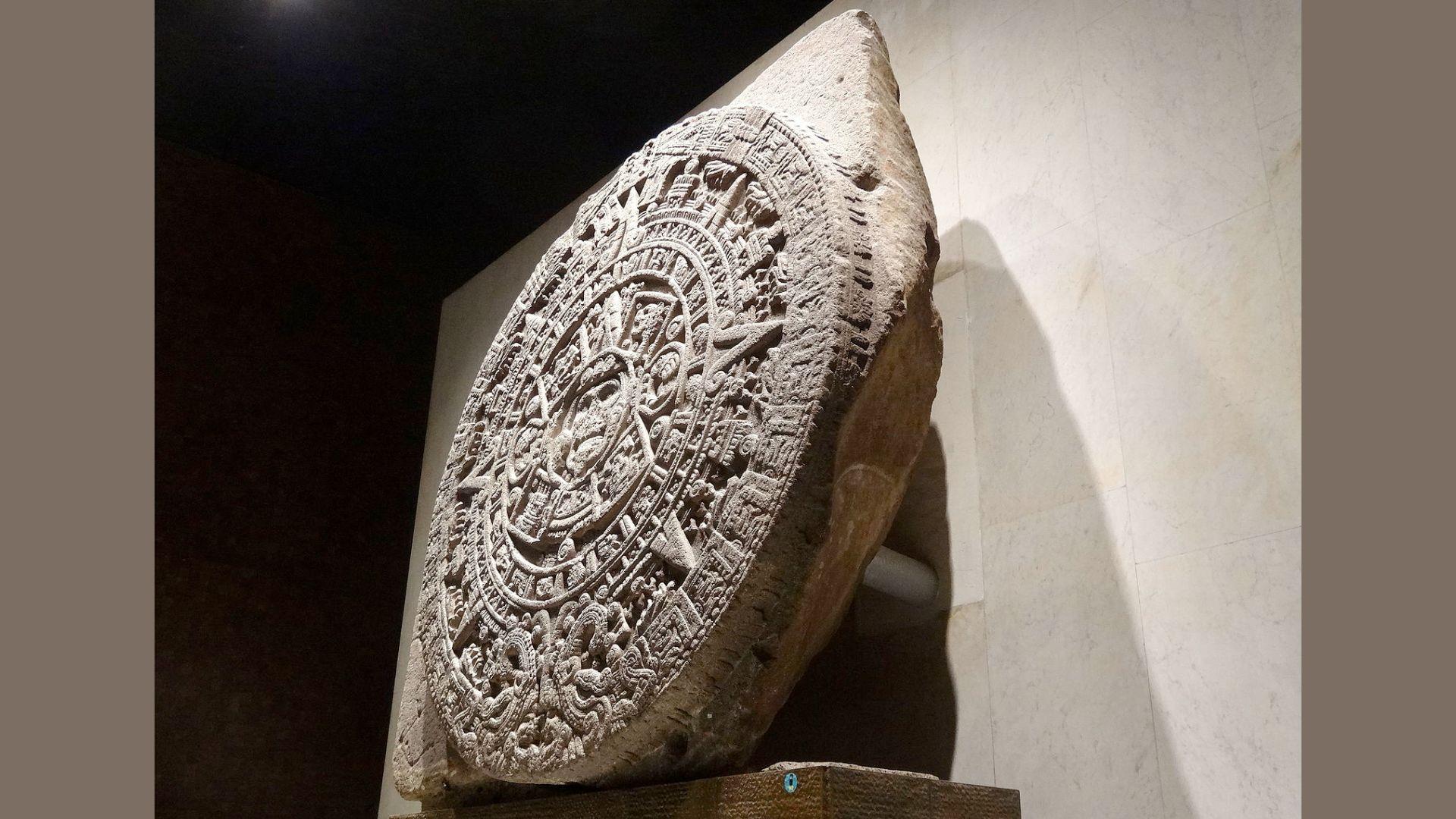
In 1892, anthropologist Zelia Nuttall made a groundbreaking contribution by being the first to decode the images on the Aztec Calendar Stone. By utilizing pre-Columbian writings, she uncovered valuable insights into the intricate aspects of Aztec culture, including their understanding of astronomy and agriculture.
The true purpose of the ancient stone still remains a subject of scholarly debate. Interpretations vary widely, with theories suggesting it served as a sundial, a sacrificial altar, or a calendar marking an eclipse. Many experts propose that the central face on the stone symbolizes the sun god Tonatiuh. Regardless of its exact function, the stone has unveiled a rich and sophisticated culture that was previously underestimated by Europeans.
Altamira Cave Paintings

When discovered in 1868, the Altamira cave paintings in northern Spain were groundbreaking. They revealed that prehistoric people created sophisticated art and possessed a more complex culture of storytelling and ritual than previously thought. These Paleolithic paintings—which include depictions of bison, deer, and other animals—are estimated to be between 13,000 and 14,000 years old.
Since the discovery of Altamira, researchers have uncovered numerous other examples of prehistoric cave art. Over thousands of years, the imagery in these artworks evolved from abstract to more realistic forms, illustrating the development of communication and symbolic representation among early humans.
The Rosetta Stone
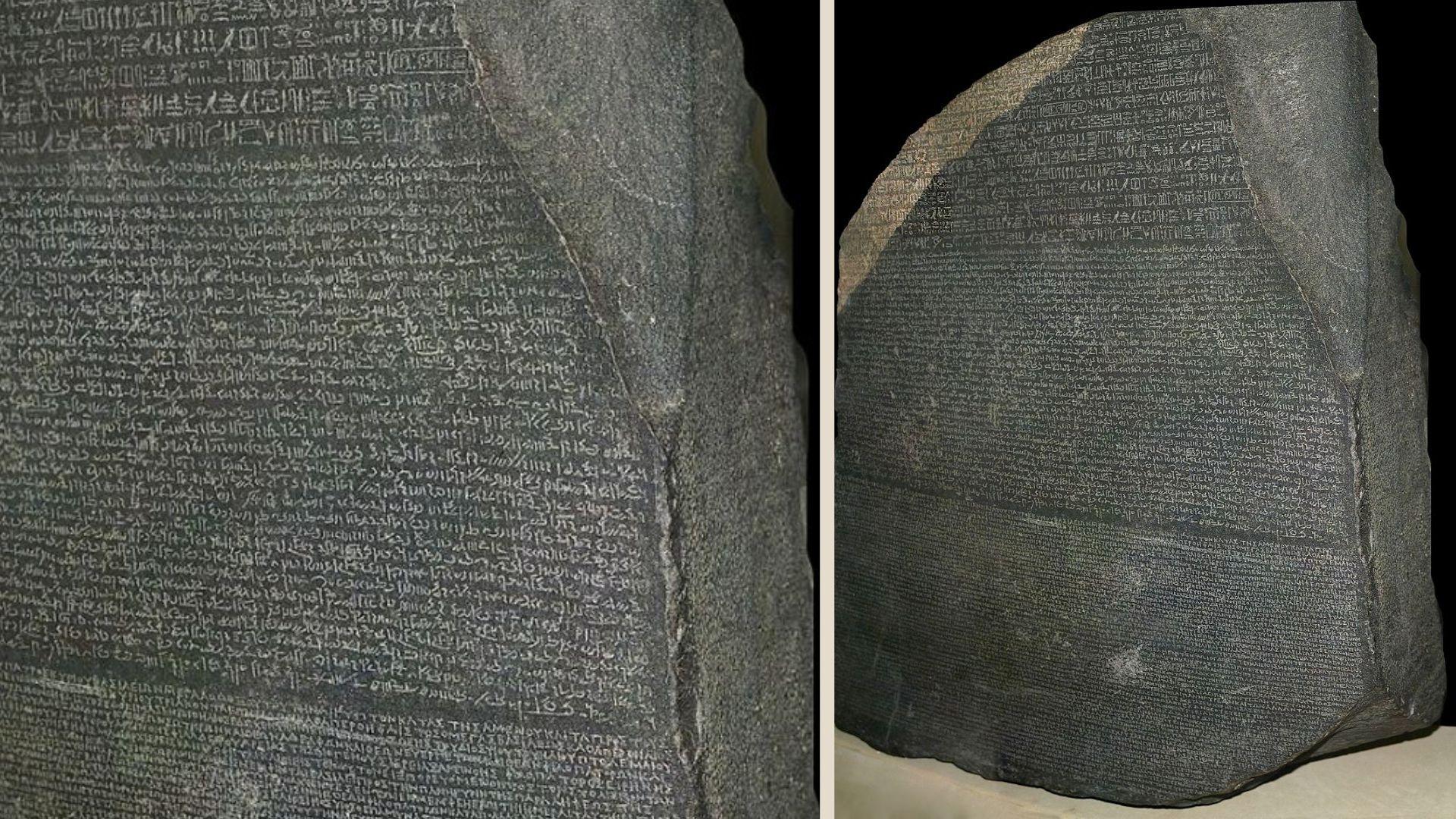
The Rosetta Stone is one of the most revolutionary discoveries in understanding ancient Egyptian history and culture. In 1822, French scholar Jean-François Champollion deciphered the stone’s text, unlocking the secrets of Egyptian hieroglyphs. For centuries, archaeologists had been unable to interpret these symbols, leaving their meanings a mystery.
Egyptologist John Ray explained, “We knew there were big civilizations, like Egypt, but they’d fallen silent. With the cracking of the Rosetta Stone, they could speak with their own voice and suddenly whole areas of history were revealed.” Champollion’s translation of the stone included a list of pharaohs including names such as Cleopatra and Ramesses. The Rosetta Stone revealed that Egypt’s rich history extended thousands of years further back than what was believed at the time.
Stone Tools in the Americas
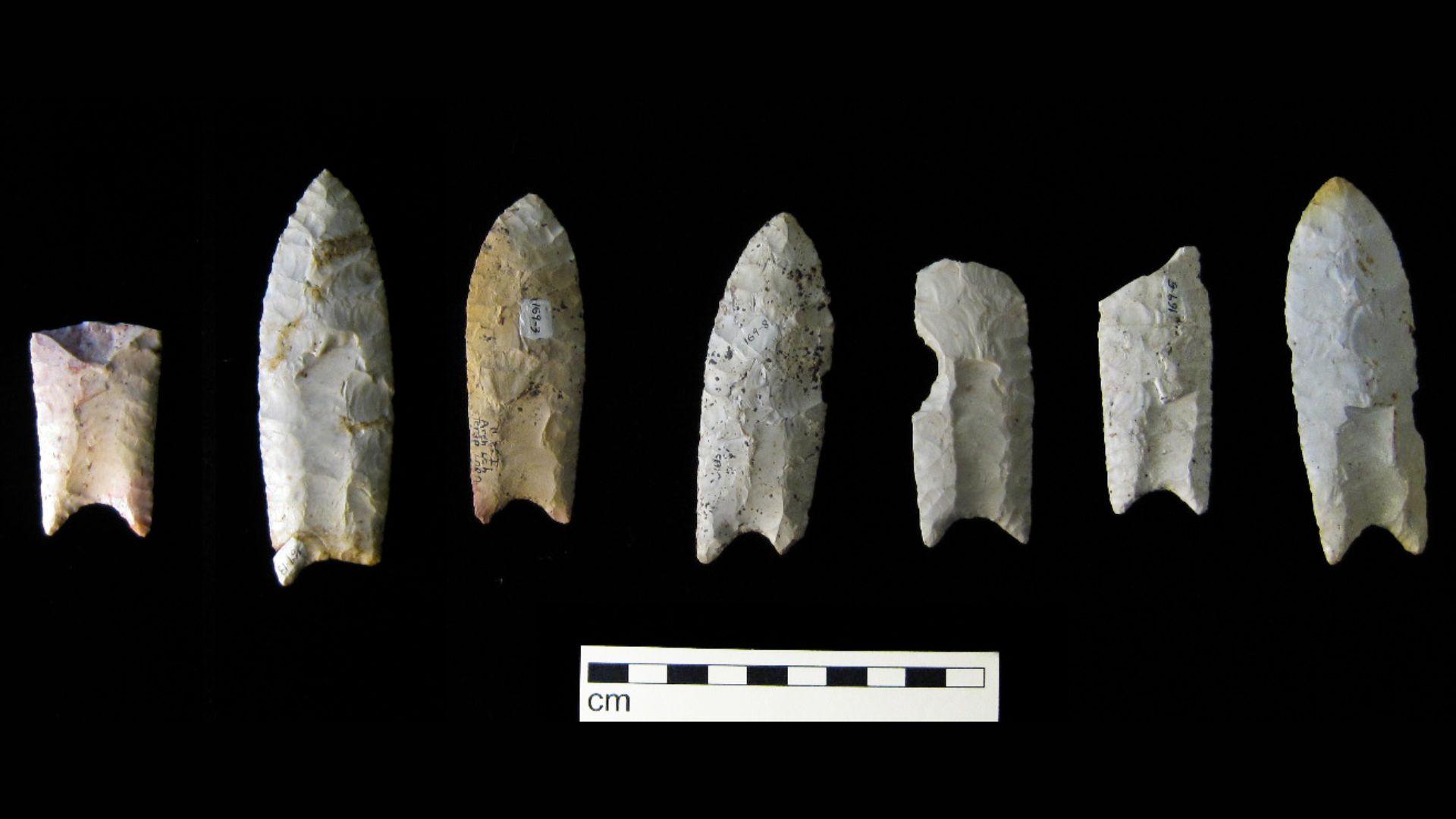
Archaeologists have long-sought to solidify how and when people first arrived in the Americas. A major breakthrough came in 1929 with the discovery of mammoth bones and stone tools at a site near Clovis, New Mexico, which dated back 13,000 years. This timeline aligned with the end of the last Ice Age, leading experts to believe that the first Americans arrived across the Bering land bridge around that time.
Recent findings, however, have pushed this timeline even further back. For instance, artifacts discovered at a site in Chile are estimated to be 14,500 years old. Additionally, a 2018 genetics study suggests that ancient humans may have been in Alaska as early as 25,000 years ago, well before previously thought. While there is still debate among experts, the general consensus is that humans arrived in the Americas between 20,000 and 15,000 years ago.
Domesticating Dogs

Experts believe that dogs were the first animals domesticated by humans, beginning around 15,000 years ago—although some suggest it might have occurred even earlier. In those times, early dogs were likely valued for their roles as guards, transport aids, and sometimes even as a food source.
A 2018 study of a dog burial dating back 14,000 years revealed that early humans had deeper connections with their dogs than previously thought. The findings showed that some individuals formed emotional attachments and cared for their sick dogs, much like we do today. Archaeologist Liane Giemsch said, “We suggest that at least some Paleolithic humans regarded some of their dogs not merely materialistically, in terms of their utilitarian value, but already had a strong emotional bond with these animals.”
There Was No “Dark Age”

The term “Dark Ages,” once used to describe the early Middle Ages in Europe, has become outdated. The archaeological site of Sutton Hoo in Suffolk, England, played a crucial role in dispelling the myth of a culturally stagnant era. Discovered in the 1930s, the site was revealed to be an ancient graveyard with the remains of a wooden ship belonging to an Anglo-Saxon warrior king who died around 625. The burial mound contained an array of jewelry, coins, and other artifacts.
The sophisticated craftsmanship of these items challenged the then-prevailing belief that this period marked a decline from the Roman Empire’s advancements. Museum curator Sue Brunning said to Smithsonian Magazine, “The quality and quantity of the artifacts found inside the burial chamber were of such technical artistry that it changed our understanding of this period.” Excavation efforts at Sutton Hoo continue to yield new discoveries, further illuminating this historically significant era.
LiDAR Technology
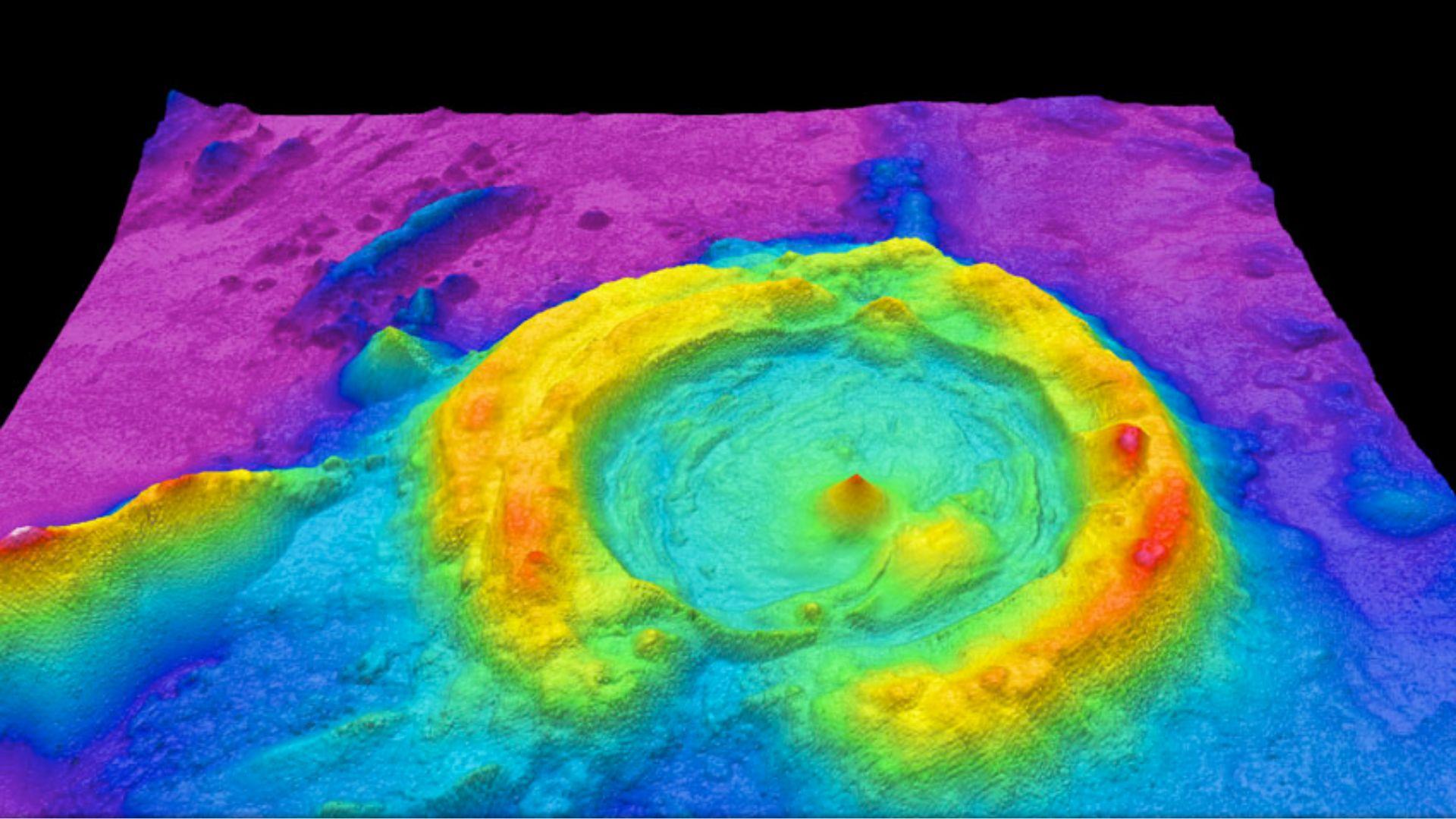
In recent decades, LiDAR technology has revolutionized certain aspects of archaeology. LiDAR—which stands for Light Detection and Ranging—employs a combination of lasers, scanners, and GPS receivers to gather data and produce detailed three-dimensional maps of landscapes and archaeological sites. This technology is particularly valuable in areas obscured by dense vegetation.
LiDAR technology has revealed previously undiscovered archaeological sites, significantly expanding our understanding of ancient civilizations. For instance, in Guatemala and Mexico, LiDAR has helped archaeologists discover numerous Maya cities and structures. Prior to these findings, researchers had little knowledge of the extensive and intricate nature of Maya civilization.
A Complex Ancient World

Commenting on the discovery of 64,000 dwellings in Guatemala by using LiDAR, Brown anthropologist Stephen Houston explained, “Everything is larger, more extensive, more deeply built and engineered than we had thought… In some areas, there are denser populations than previously imagined; other regions seem absolutely desolate.”
Archaeologist Chris Fisher aims to use LiDAR to create a comprehensive 3D map of the Earth, capturing images of glaciers, forests, and other natural features alongside ancient settlements and monuments. This effort is crucial as sea-level rise, melting ice, and other impacts of climate change threaten not only known archaeological sites but also those yet to be discovered. The breakthroughs made by LiDAR are just one of the amazing discoveries that have changed how we view the history of humans.

